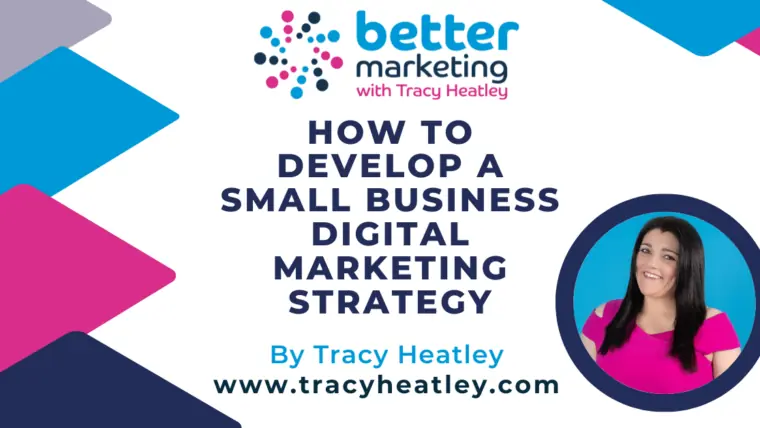Introduction
As a small business owner, one of the most important decisions you’ll have to make is pricing. Setting up a pricing structure, for your small business, can be a tricky task as it requires balancing your desire to generate profit with what customers are willing to pay for your products or services. In this blog post, I’ll be focusing on some key considerations for setting up a pricing structure for your small business. This is a vital element of crafting your marketing mix.
Value-Based Pricing Structure
Value-based pricing is when you determine the price of your product or service based on its value to the customer. This approach takes into account factors such as quality, cost savings, convenience, and speed of delivery. When using this strategy, you should assess what sets your offering apart from similar options in the market and use that information to set an appropriate price point. For example, if your product offers higher quality than competing products but at a lower cost than those alternatives, then you may be able to charge more than other companies in order to reflect the value of your product.
Cost-Plus Pricing Structure
Cost-plus pricing involves adding a markup on top of your direct costs in order to cover overhead and generate profit. The advantage here is that it’s easy to calculate since you know exactly how much it costs you to produce each item or deliver each service. The downside is that it doesn’t take into account the actual value of your offering relative to competitors, so there’s a risk that customers will perceive it as too expensive or not worth the cost relative to alternative offerings in the market.
Competitive Pricing Structure
Competitive pricing is when you set prices based on what competitors are charging for similar offerings in the same market segment. This pricing stucture allows you to remain competitive without having to invest too much time and money into research and analysis. That being said, there are risks involved with this type of pricing strategy. Namely, that if competitors decide they can increase their prices without losing customers then you may find yourself unable to keep up, which could put pressure on your margins and profitability. Even if you’re focusing on recession proof marketing, be mindful of the advatages and disadvantages of this pricing strategy because if you price too low, it will impact your profit margins.
Conclusion
When it comes to setting up a pricing stucture for your small business, it can be one of the trickiest things to get right. Moreover, it’s also one of the most important decisions that needs to be made in order for any small business venture to succeed. There are many different approaches available when it comes time for setting up a pricing structure including value-based pricing, cost-plus pricing, and competitive pricing among others. Each option has its pros and cons so it’s important for small business owners to understand these options thoroughly before deciding which option best suits their particular situation and goals. With careful consideration and planning, developing an effective pricing structure can help ensure long term success for any small business venture! If you’re a service provider, remember though to know your worth!
I’m the small business marketing specialist, Chartered Marketer, Tracy Heatley, and I hope you’ve found this blog useful. There are more strategy, marketing, and networking blogs here for you. Plus, you can listen to my award winning Be Better With Tracy Heatley podcasts too.
If you require any assistance with your small business marketing Strategy Cycle™ and planning, you may find my Better Marketing Consultancy or Mentoring services useful. Also, if you’re progressing into AI Marketing, I’m a CIM Certified AI Marketing Specialist too. Feel free to get in touch to find out more!
In the meantime, good luck with your pricing strategy!



